Parc Provincial du Mt. Duryunsan (두륜산도립공원)
4.0Km 2024-12-19
400, Daeheungsa-gil, Haenam-gun, Jeollanam-do
+82-61-530-5543
Contenant de nombreux temples bouddhistes et les ruines, ainsi que des paysages spectaculaires, le MT 703 de haut. Duryunsan est situé au point le plus méridional de la péninsule coréenne. Formé par subtropicales et tempérées feuillus vert des arbres feuillus, la montagne est une très grande valeur pour l'observation de chorologie usine. En outre, la mer Egée à la mer de l'Ouest et du Sud peut être vu un coup d'œil au sommet de huit montagnes, bien que les vastes champs de roseaux couvrent de nombreux domaines.
Au cours de la cinquième année du règne du roi Jinheung's (514), prêtre bouddhiste, Ado, construit Daedunsa Temple, qui est un lieu de grande valeur historique car elle est également liée au prêtre bouddhiste, Seosan. Le temple est fièrement parmi les forêts denses, composée d'érables et de camélias. À couper le souffle paysages des vallées et des arbres touffus on peut le voir sur les deux côtés de la route 2 kilomètres menant au temple.
Téléphérique du mont Duryusan (두륜산케이블카)
4.4Km 2023-03-24
88-45, Daeheungsa-gil, Samsan-myeon, Haenam-gun, Jeollanam-do
+82-61-534-8992
Le mont Duryunsan (703mètres) est un des monts les plus fameux de la province Jeollanam-do. Composé de 8 sommets, le lieu abrite de nombreux temples ainsi que des sites historiques. Le mont est aussi réputé pour préserver une grande richesse en matière de faune et de flore. Le plus haut sommet peut être atteint après 2 à 3 heures de marche depuis le temple Daeheungsa. Vous pouvez aussi emprunter le téléphérique Daeryunsan (environ 8 minutes de trajet). Depuis le sommet, vous pourrez apprécier Dadohae (une mer composée d’îles), ainsi que la montagne Hallasan sur l’île de Jeju les jours de beau temps. Vous pourrez aussi profiter des nombreuses attractions touristiques aux alentours avec notamment le musée des dinosaures Uhangri, le village touristique Usuyeong et le village Ttangkkeut.
Geomokjang Minbak Lodging / 거목장민박
6.5Km 2025-08-12
63, Minbakchon-gil, Haenam-gun, Jeollanam-do
+82-61-535-1456
Geomokjang Minbak Lodgings is located in Museon-dong Hanok Minbak Village at the end of Duryunsan Mountain. Having been designated as a Hanok Minbak Village for the first time in Haenam in 1977, it is situated on the way to the famous tourist attraction, The thousand-year-old temple Daeheungsa is a good base for visitors of Haenam. Geomokjang Minbak is a traditional ㄷ-shaped Hanok and has been operated as lodgings since 1999. There are seven modernly renovated rooms with bathrooms and comfortable beddings. Made from Korean red pine, Geomokjang or House Made from Big Tree is dark brown with the pillars, rafters, and everything else in the same color. The polished Daecheongmaru or the main floor, traditional doors with traditional paper, low stone walls, and broad field beyond that are elegant and graceful. In the middle of the yard is a flower garden with dwarf trees. The owner, who has a green thumb, holds a dwarf tree-making activity for guests as well. It costs KRW 5,000 ~ 10,000 depending on the type of tree, and the completed dwarf tree is free to take home.
Chamil Neungi Beoseot Baeksuk (참일능이버섯백숙)
11.9Km 2025-08-01
61, Gyoyukcheong-gil, Haenam-gun, Jeollanam-do
+82-61-536-6664
It is a good place to enjoy Korean dishes for health. This restaurant's signature menu is whole chicken soup with shingled hedgehog. This Korean dishes restaurant is located in Haenam-gun, Jeollanam-do.
Arboretum de Wando (완도수목원)
12.0Km 2024-12-17
156, Chopyeong 1-gil, Wando-gun, Jeollanam-do
+82-61-550-1544
Cet arboretum se situe à Gunoe-myeon (comté de Wando, province de Jeollanam-do) et a été ouvert en avril 1991. C’est le seul arboretum tempéré de Corée. Ce site expose harmonieusement essences forestières coréennes et internationales.
Temple Mihwangsa (미황사)
12.0Km 2021-08-10
164, Mihwangsa-gil, Songji-myeon, Haenam-gun, Jeollanam-do
+82-61-533-3521
Construit pendant la huitième année du règne du Roi Gyeongdeok de la Dynastie Shilla (749), le temple Mihwangsa est situé sur le flanc gauche du mont Dalmasan (489m), à l’extrême sud de tous les temples de la péninsule coréenne. Le beau coucher de soleil et la vue du mont Dalmasan à partir du temple attirent de nombreux touristes.
Ile Gaudo (가우도)
12.0Km 2024-12-17
Jeollanam-do, Gangjin-gun, Doam-myeon, Wolgot-ro 473
+82-61-430-3114
L'île Gaudo est la seule île peuplée des huit îles sur la baie de Gangjinman. Son nom provient de sa ressemblance avec le mont Boeunsan à Ganjin-eup.
Depuis l'île Gaudo, il est possible d'admirer la baie Gangjinman et les îles inhabitées autour. En plus de fleurs typiques des lieux, il est possible de se promener via des ponts suspendus qui font le lien entre les îles et les terres. Sur l'île, il est possible de profiter de parcours écologique d'une distance de 2.5km entre le littoral et les montagnes. Vous trouverez également sur place un parc de la pêche.
Musée du céladon de Gangjin (강진 청자박물관)
13.3Km 2021-01-30
33, Cheongjachon-gil, Daegu-myeon, Gangjin-gun, Jeollanam-do
+82-61-430-3755
Gangjin-gun dans la province du Jeollanam-do est le berceau du céladon de Goryeo, produit dans la région du IXème au XIVème siècle. Le musée du céladon de Gangjin est l’unique musée de céladon de Goryeo en Corée. Ses divers articles illustrent l’évolution du céladon coréen durant cette période.
Gangjin-gun abrite un total de 188 sites de fours de céladon, ce qui représente la moitié des fours du pays. En plus des objets et des fours de céladon, les visiteurs peuvent y observer une démonstration de fabrication de céladon de Goryeo, fabriquer leur propre porcelaine et faire des achats dans la petite boutique.
ChangPoGo Memorial Hall (장보고기념관)
14.0Km 2021-03-04
1455 Cheonghaejin-ro, Wando-eup, Wando-gun, Jeollanam-do
+82-61-550-6930
Le Changpogo Memorial Hall fut construit afin de célèbrer l’achèvement de Jang Bogo. C’est un espace d’éducation touristique qui se concentre sur l’histoire et la culture.
L’extérieur du bâtiment est conçu pour incarner un décor en forme de vague. Le mur est couvert avec les pierres naturel du château Cheonghaejin de l’île Jongdo. Les alentours du bâtiments sont composés de roseaux et de fleurs sauvages. Il existe également un chemin pour se promener.
*Ouvert depuis le 29 février 2008
Dasan Chodang (Site historique de Dasan Jeong Yak-yong) (다산초당 - 다산 정약용 유적지)
14.5Km 2023-07-11
Gyul-dong, Mandeok-ri, Doam-myeon, Gangjin-gun, Jeollanam-do
+82-61-430-3363
Dasan Chodang fut le lieu d'exil de Jeong Yak-yong (aussi connu sous le nom de Dasan), lettré de la fin de la Dynastie Joseon, et là où il étudia le Silhak.
Jeong Yak-yong fut envoyé en exil pendant 18 ans à Gangjin pour avoir écrit une lettre d'appel secrète plus tard nommée "Hwang Sa-yeong Baekseo". La plupart de ses ouvrages furent rédigés à Dasan Chodang. Il passa ses derniers jours dans sa ville de naissance, Namyangju.
Si vous marchez le long du chemin près de Dasan Chodang, vous pouvez voir le Pavillon Cheonilgak. Il offre de splendides vues sur la baie de Gangjin. Egalement à proximité se trouve le Musée Dasan où vous pouvez découvrir comment ce philosophe vécut.
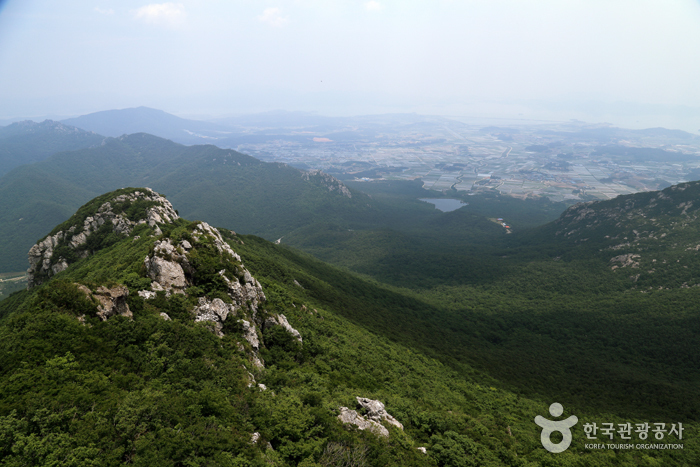
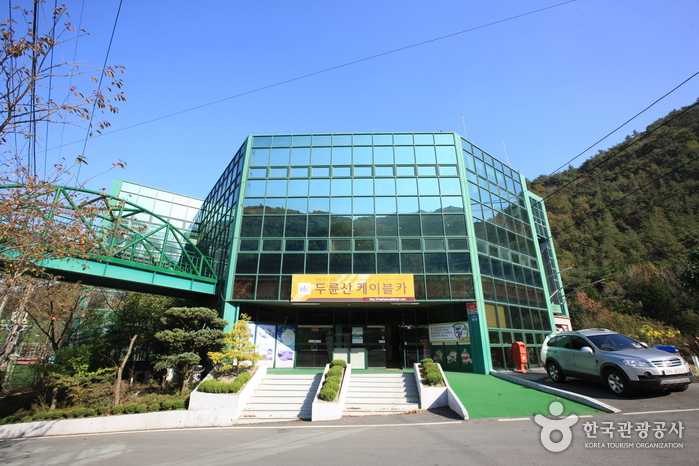
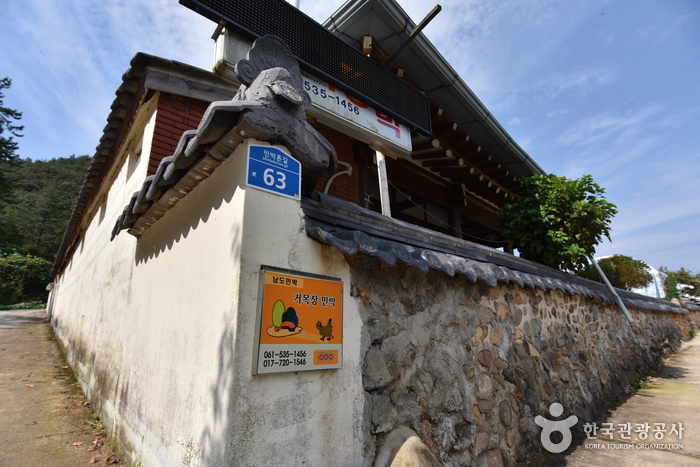
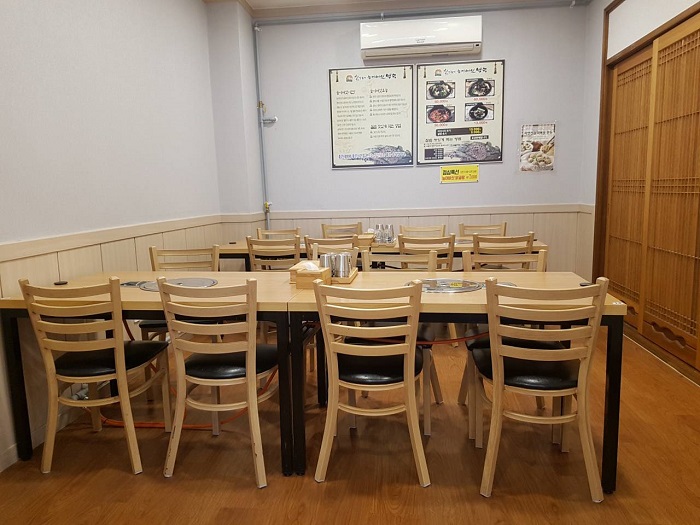
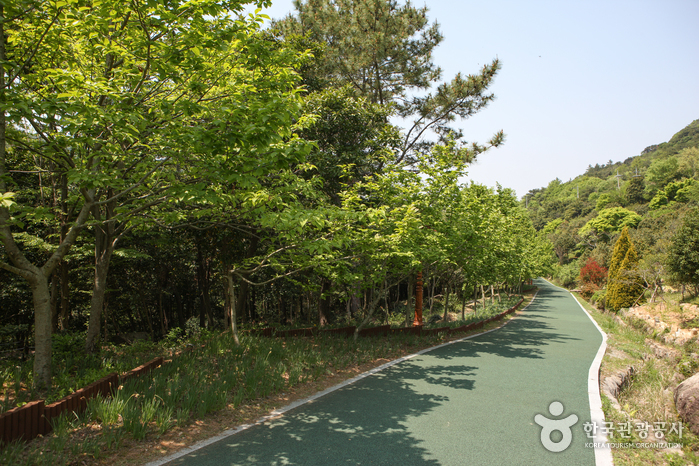
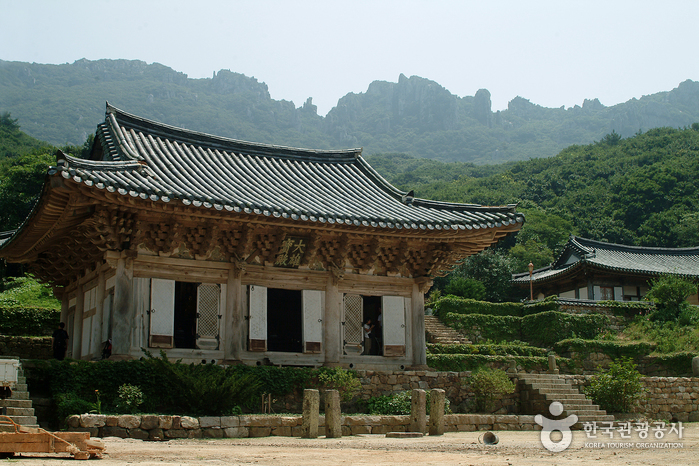
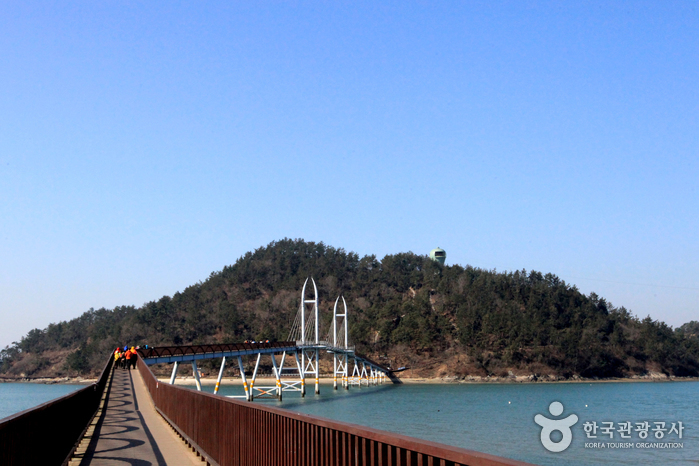

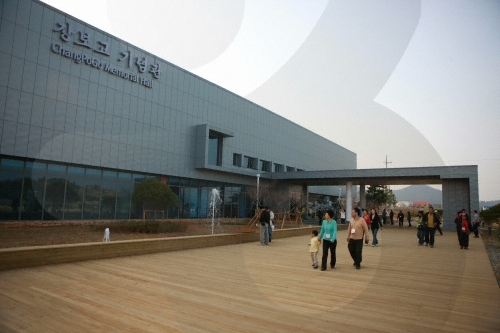
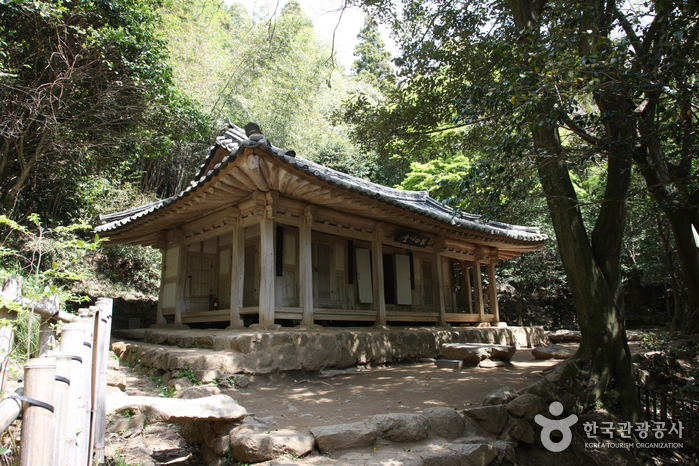
 Français
Français
 한국어
한국어 English
English 日本語
日本語 中文(简体)
中文(简体) Deutsch
Deutsch Español
Español Русский
Русский